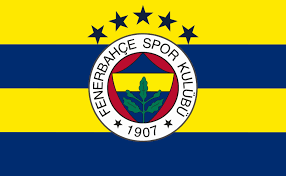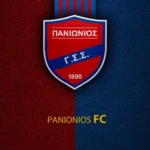Fenerbahçe FC stands as one of the most prestigious and historic football clubs in Turkey, known for its passionate fan base, rich history, and significant achievements both domestically and internationally. The club’s journey from its humble beginnings to becoming a dominant force in Turkish football exemplifies resilience, strategic evolution, and unwavering dedication. In this comprehensive article, we delve into the multifaceted story of Fenerbahçe FC, exploring its origins, major milestones, notable achievements, and the latest developments shaping its future.
The Origins and Early Years of Fenerbahçe FC
Understanding Fenerbahçe FC begins with recognizing its roots and establishing context about its foundation, early struggles, and initial growth phases. Founded in 1907 in Istanbul’s Kadıköy district, the club emerged during a period of burgeoning nationalism and cultural awakening within the Ottoman Empire, setting the stage for a sports organization that would soon become a symbol of Turkish pride KJC.
Formation and Historical Context
The formation of Fenerbahçe FC was inspired by a desire for local community representation and sporting excellence. The club was officially established on May 3, 1907, primarily by youth who sought to foster physical activity, camaraderie, and national identity. During its inception, the Ottoman Empire was experiencing social and political upheavals, which made clubs like Fenerbahçe not just about sport but also about societal unity.
The club’s emblematic yellow and navy blue colors are symbolic, representing energy, prestige, and resilience—traits that would come to define the club’s ethos. Initially, the club focused on football, but it also nurtured other sports such as basketball, volleyball, and athletics, reflecting a broader vision of athletic development.
Challenges Faced in the Early Days
In its formative years, Fenerbahçe FC faced numerous challenges: limited resources, competition from more established clubs like Galatasaray and Beşiktaş, and political interference due to the turbulent environment of early 20th-century Istanbul. Despite these hurdles, the club rapidly gained popularity through strategic recruitment, emphasis on youth development, and fostering a passionate supporter base.
The early matches against rivals laid the foundation for intense rivalries that still define Turkish football. Importantly, during the initial decades, the club played a crucial role in nurturing local talent and establishing a competitive spirit that pushed Turkish football forward.
Growth and Development Through the Decades
Throughout the 1920s and 1930s, Fenerbahçe FC began to clinch regional titles and gained recognition beyond Istanbul. The club’s commitment to excellence saw the development of organized training routines and participation in national leagues, laying the groundwork for future dominance.
Post-World War II, the club experienced a renaissance, with increased investment and professional management. This era marked the start of consistent success, setting the stage for the club’s golden eras. The establishment of official league structures and the introduction of professional players significantly boosted Fenerbahçe FC’s competitive edge.
Cultural Impact and Community Engagement
Beyond its sporting achievements, Fenerbahçe FC became an integral part of the local community and Turkish national identity. The club’s supporters, known as “Fenerbahçeli,” express their loyalty passionately, making the club a cultural phenomenon that transcends sports. It served as a unifying force amid political shifts, wars, and societal changes, cementing its place as a symbol of perseverance and patriotism.


